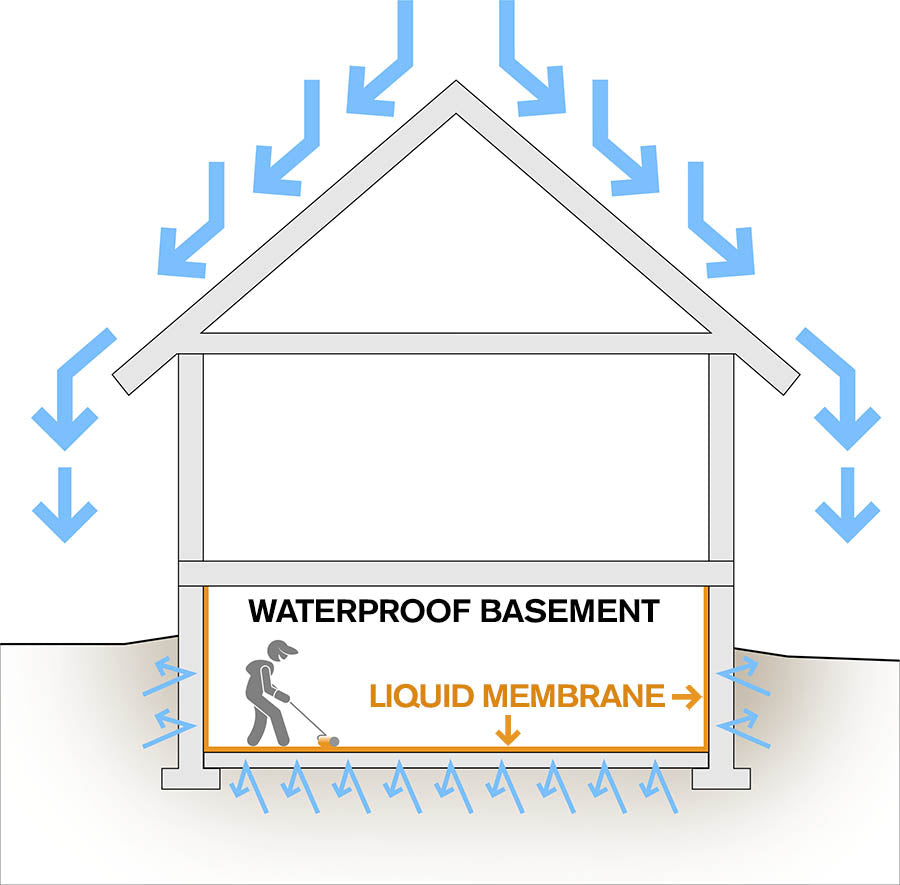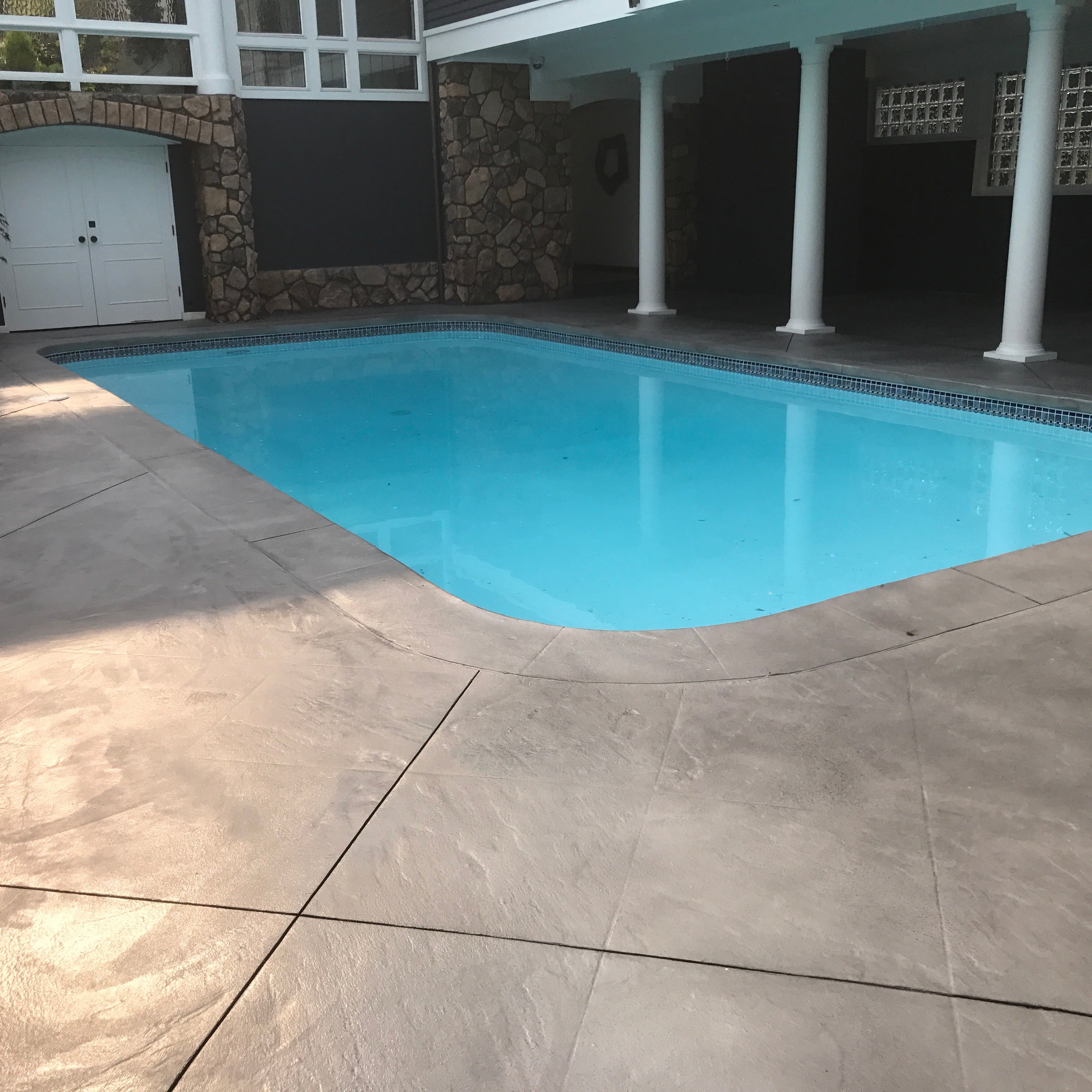The Problem Of Moisture In Your Basement
There are a couple of things worse for a homeowner than a wet basement. What starts with just a tiny trickle or small puddle are red flags of a much bigger problem. Moisture in your basement can lead to an array of costly and time-consuming repairs. These are the most common problems from a moist basement:
- Mold, mildew and vegetative growth
- Structural damage to your home
- Delamination of existing wall and floor coverings
- Efflorescence and spalling of concrete or masonry that might eventually lead to serious structural concerns
What Could Cause Moisture In Your Basement?
-
Hydrostatic Pressure
Hydrostatic pressure occurs when water accumulates around your foundation from rain or garden irrigation systems. As gravity pushes down on that water, it will try to escape, in an effort to relieve that pressure. The water will force its way through any cracks in your basement walls and floors. In fact the pressure can get so strong, that it will cause cracks. - Cracks
Cracks in your basement walls, floors, and around windows or doors provide the perfect avenue through which water can flow. Water will always follow the path of least resistance and these cracks make it easy for water to come inside. - Condensation
Basements can be very damp places. When condensation occurs, it can bring mildew, mold, and potential damage along with it which is a health hazard.
3 Methods To Fix Your Moisture Problem
-
Exterior Waterproofing
Exterior waterproofing is one of the biggest undertakings a homeowner can take. This usually means the excavation of the soil surrounding the foundation of the home. As you can imagine, this can be labor-intensive process, requiring heavy tools and machinery. Ideal would be using a polymer base sealant like our SEMCO LIQUID MEMBRANE™️ during the construction process of your home and it could last you for the life of the building. -
Interior Waterproofing
Interior waterproofing is the fastest and most cost effective way to waterproof your basement. These typically begin with ensuring that any cracks or holes in your basement walls, floors, and around windows and doors, are properly sealed and watertight. Water most frequently makes its way into your basement via these cracks. Properly sealing them is the first step towards ensuring your basement stays dry.Interior waterproofing methods, such as waterproof sealants, also do a good job at keeping humidity levels down, preventing condensation. These coatings can be put onto basement walls and floors creating a waterproof barrier.
SEMCO LIQUID MEMBRANE™️ can easily be applied on to your surface with a roller or brush. It will reduce your relative humidity level up to 75% and withstands vapor transmission of up to 10 PSI. With its bonding properties exceeding 450 PSI, it outperforms any competition easily as we can see in the following video :
-
Drainage Systems
The goal of these drainage systems is to direct water (whether it be groundwater or rainwater) away from the foundation of your home. Again this solution is more costly and time consuming as it requires equipment to install. Best is if you contact a local construction company to do the work.





